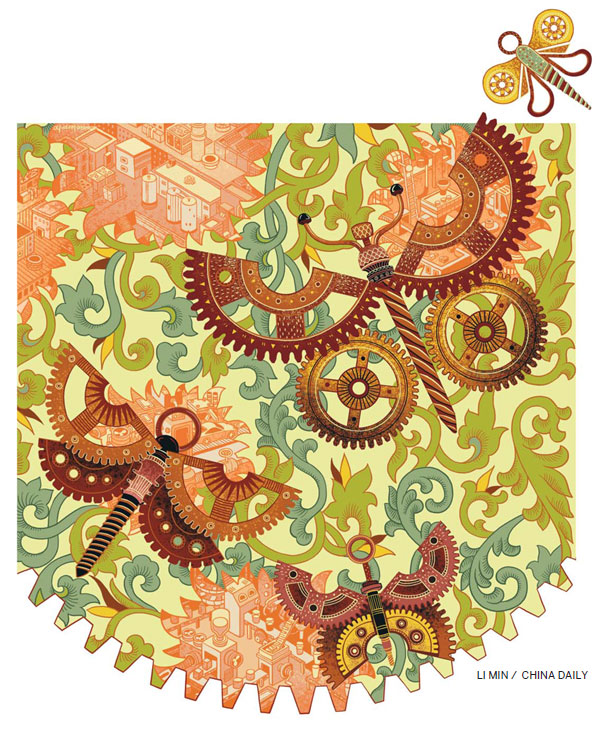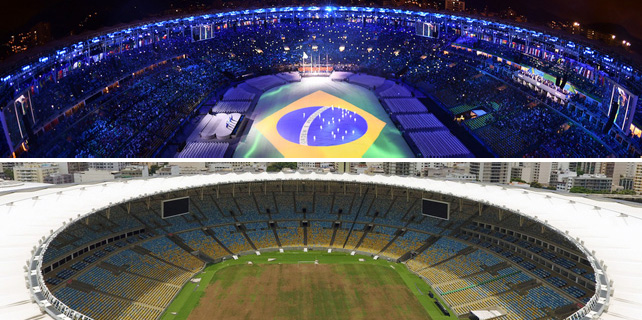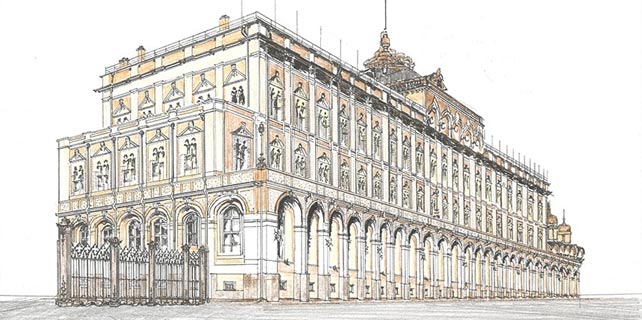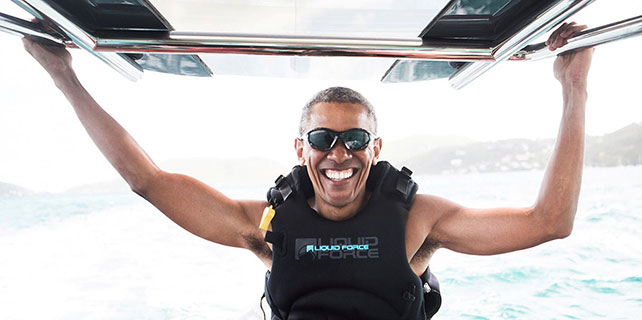Gearing up
As Trump calls on manufacturers to return to the US, what are the prospects for China's industrial strategy?
Where next for manufacturing? The geographic location of factories and production has become one of the more hotly debated issues in recent months.
At an executive meeting of the Chinese State Council, chaired by Premier Li Keqiang on Dec 28, a guideline was issued to encourage more foreign investment in high-end manufacturing in China.
This would underpin the "Made in China 2025" strategy for the country to become a global leader in such areas as rail transport, robotics, motorcycles and industrial design within the next decade.

Meanwhile, US President Donald Trump has called upon US manufacturers to return their production from China and elsewhere to the United States to create jobs there.
Ford has already canceled plans for a $1.6 billion plant in Mexico and will build one in the US instead.
Arguably, with labor costs (once the primary driver for offshoring) now a smaller component of overall production costs because of increased automation, manufacturing is becoming increasingly mobile and can be located in developed countries with higher labor costs.
In October, Fuyao, the Chinese autoglass maker, opened the world's biggest glass plant in Moraine, Ohio, where labor costs are eight times higher than in China.
It wants to get a larger slice of the US market and some believe that this might be part of a trend of Chinese manufacturers playing a role in Trump's so-called jobs revolution.
The Chinese government wants its own companies to invest in manufacturing in China, partly to stem the flow of capital out of the country which has a weakening effect on the country's currency.
The State-Owned Assets Supervision and Administration Commission issued a notice in January saying it was to monitor overseas investment by state-owned companies in certain sectors.
















